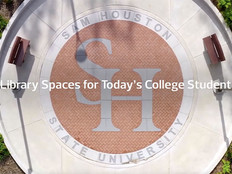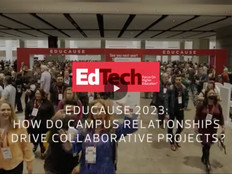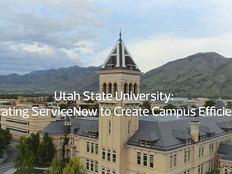Classroom
EDUCAUSE 2023: Collaboration Is Key for Flexible Learning Environments
The way higher education institutions think about learning spaces has changed dramatically in the past few years. Today’s college classrooms must do many things at the same time, offering instruction to students in the room, to others participating remotely, to more who will absorb the lesson later and to still another group who may want to gather outside the classroom to go into even more depth.
Lisa Stephens (State University of New York and University at Buffalo) and Joe Way (UCLA) have been helping their institutions design these types of flexible learning spaces, and they’ve teamed up with other experts around the world to create FLEXspace, a community of higher ed professionals sharing ideas and examples for designing environments for modern instruction.
But beyond collaborating with their colleagues at other colleges and universities, Stephens, Way and CDW expert Jimmie Singleton also share why bringing in stakeholders from around campus during the design process helps institutions avoid challenges down the road.
Participants
Joe Way, Executive Director, Digital Spaces, UCLA
Lisa Stephens, Senior Strategist for Academic Innovation, State University of New York
Jimmie Singleton, ProAV Business Development Strategist, CDW
Video Highlights
- Student input is vital when designing flexible learning spaces, whether you’re creating a classroom layout, a public collaboration spaces or even dorm rooms.
- Working with stakeholders on campus before designing flexible learning spaces helps institutions avoid roadblocks during and after construction.
- Learning happens well beyond the classroom in higher education, so institutions should reframe how they think about where and when students will learn.





